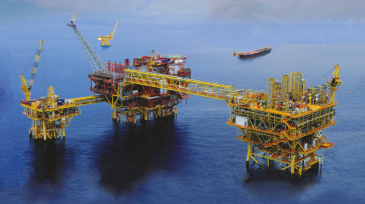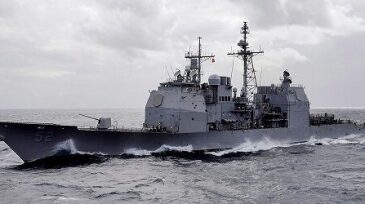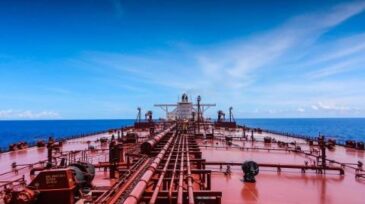Malaysia
-
Production has been hampered by subsurface issues most of the year. Gas production fell below the technical threshold of the offshore gas processing plant.
-
The paper details the fast-tracking of a 450-km floating liquefied natural gas unit relocation from Sarawak to Sabah offshore Malaysia. The time from selecting the new field to unloading LNG at the new location was 13 months.
-
This paper outlines an approach to history matching that uses artificial intelligence with an artificial neural network and data-driven analytics. The approach has been used to mitigate history-matching challenges in a mature, highly geologically complex field offshore Malaysia.
-
Petronas has become the first global energy company to own and operate two floating LNG production facilities. The PFLNG DUA loaded its first shipment on an LNG carrier bound for Thailand. Petronas is also stepping up promotion of its 2021 licensing round for new fields.
-
The complete paper describes the first successful implementation of natural dumpflooding offshore Malaysia as a case study to provide insight into the value of using the approach to maximize oil recovery in a mature field, particularly in a low-margin business climate.
-
McDermott’s completion comes 19 months after it was first awarded. SapuraOMV achieved first production from the Larak gas field in January.
-
Malaysia’s push to explore energy blocks off its coast has turned into a five-nation face off involving US and Chinese warships, raising the risk of a direct confrontation as broader tensions grow between the world’s biggest economies.
-
The VLCCs will be delivered in 2022, with LNG supply provided by Total Marine Fuels Global Solutions.
-
The XamXung field offshore Sarawak, Malaysia, is a 47-year brownfield with thin remaining oil rims that have made field management challenging. The dynamic oil-rim movement has been a key subsurface uncertainty, particularly with the commencing of a redevelopment project.
-
A month after it got out of Norway, Bloomberg reports that the company is working with advisers on a potential Malaysian sale, which could raise as much as $3 billion. ExxonMobil plans to divest around $15 billion in nonstrategic assets by 2021.










